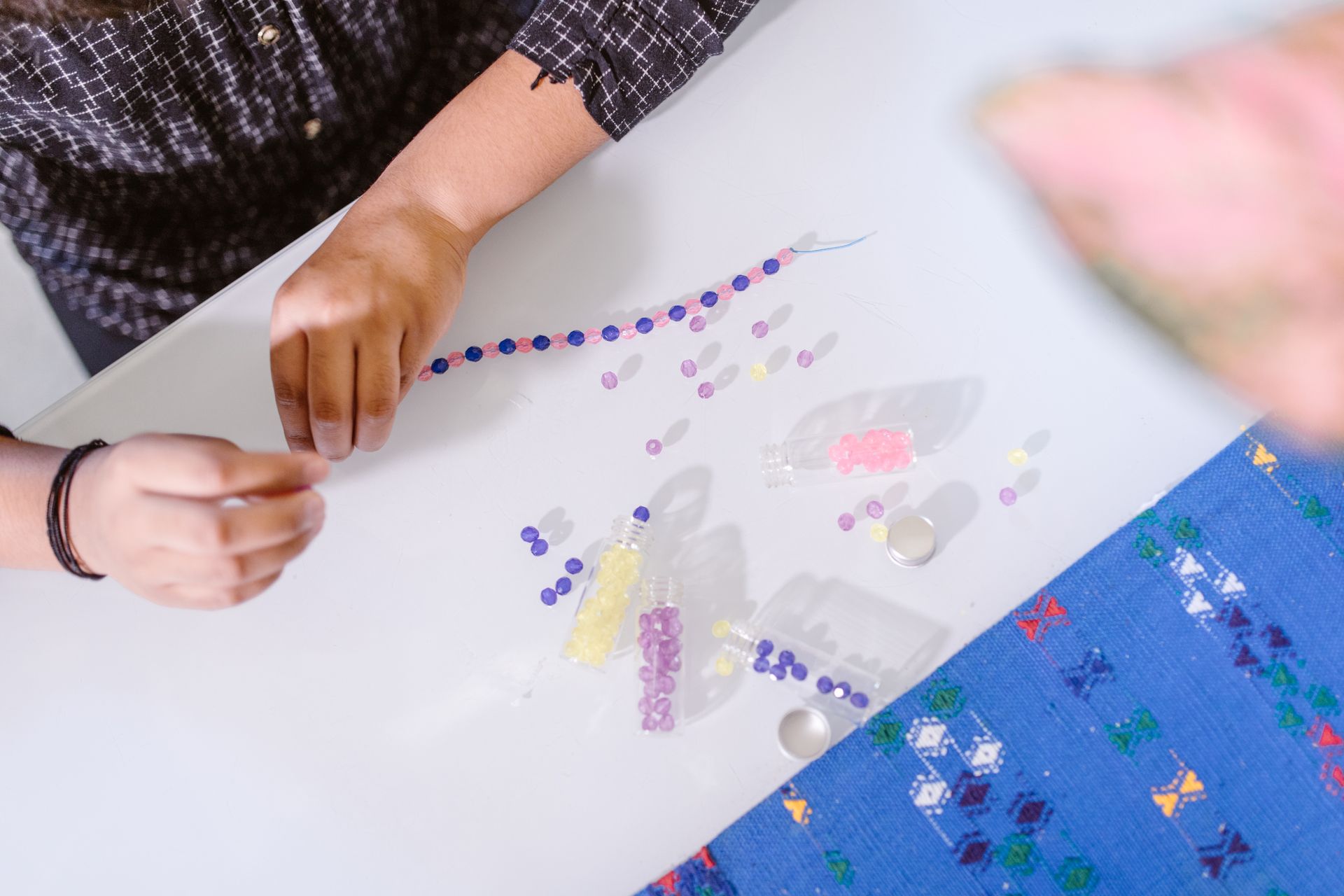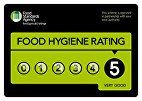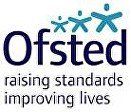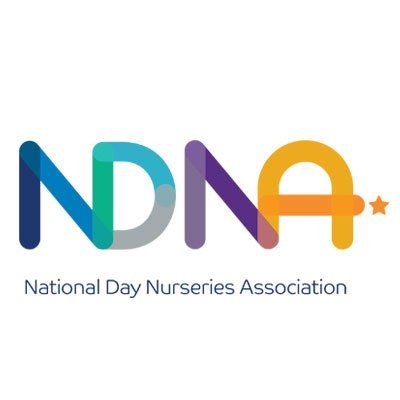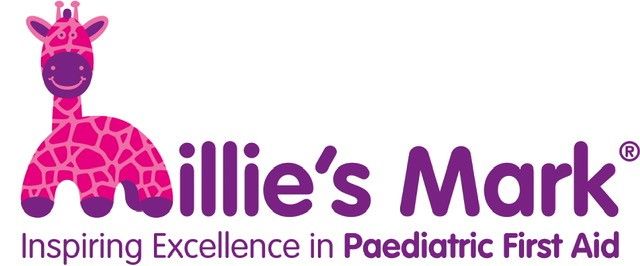The Benefits of Baby Sign Language
The Benefits of Baby Sign Language

In recent years, baby sign language has gained immense popularity among parents eager to enhance their child’s early communication skills. By teaching simple hand signs, parents can foster their baby's ability to express needs and emotions before they can speak. This article explores the multifaceted benefits of baby sign language, from cognitive development to social skills, and provides practical tips for implementation.
Understanding Baby Sign Language
Definition and History
Baby sign language involves using symbolic gestures to represent words and concepts, allowing pre-verbal infants to communicate their needs. Originating from American Sign Language (ASL), it was adapted for babies in the 1980s to promote early communication.
Common Misconceptions
Some parents fear that using sign language might delay speech development. However, studies show that it actually supports and enhances verbal skills, providing a bridge to spoken language.
Cognitive Development
Enhances Early Language Skills
Introducing sign language stimulates brain regions associated with language and memory. Babies who learn to sign often develop superior language skills, leading to advanced verbal abilities as they grow.
Promotes Brain Development
Using both visual and motor skills in signing enhances neural connections, fostering overall cognitive development. Research indicates that signing babies demonstrate higher IQ scores later in life.
Case Studies and Research Findings
Numerous studies, including those by Drs. Acredolo and Goodwyn, reveal that babies who sign have larger vocabularies and more advanced cognitive skills compared to non-signers.
Emotional Benefits
Reduces Frustration for Babies and Parents
By providing a means to express needs, sign language minimises the frustration babies experience when they cannot communicate verbally. This leads to a calmer and more contented household.
Strengthens Parent-Child Bond
Engaging in sign language activities enhances the bonding experience. Parents feel more connected and attuned to their baby's needs, fostering a nurturing environment.
Increases Emotional Intelligence
Learning to sign helps babies understand and express emotions effectively. This early emotional literacy contributes to higher emotional intelligence as they mature.
Communication Skills
Bridges the Communication Gap Before Speech Develops
Babies as young as six months can start using basic signs, significantly bridging the communication gap during the pre-verbal stage. This early start gives them a head start in language acquisition.
Encourages Earlier Spoken Language
Contrary to myths, signing accelerates speech development. Babies who sign often start speaking earlier than their peers, with clearer articulation and richer vocabularies.
Examples of Common Signs
Common baby signs include "milk," "more," "all done," and "sleep." These simple gestures can be easily incorporated into daily routines.
Social Interaction
Improves Social Skills
Baby sign language enhances social interactions, making babies more responsive and engaged during playdates. They can share their needs and understand others better, fostering early social skills.
Helps in Playgroup Settings
In group settings, signing babies can communicate more effectively with caregivers and peers, reducing misunderstandings and promoting harmonious interactions.
Real-Life Success Stories
Parents report that signing helps their children make friends more easily and navigate social situations with confidence, highlighting its real-world benefits.
Behavioural Advantages
Reduces Tantrums and Miscommunication
By enabling clear communication, sign language reduces the frequency of tantrums and behavioural issues. Babies can express themselves without resorting to frustration-driven outbursts.
Promotes Positive Behaviour
Babies who can communicate their needs are generally more content and cooperative. This positive behaviour fosters a happier and more harmonious household.
Expert Opinions
Paediatricians and child development experts advocate for baby sign language, emphasising its role in promoting healthy behavioural and emotional development.
Academic Preparation
Early Literacy Skills
Baby sign language lays the groundwork for early literacy by teaching babies to associate symbols with meanings. This early introduction to abstract thinking benefits later reading and writing skills.
Enhances Understanding of Abstract Concepts
Through signing, babies grasp abstract concepts like "more" and "all done," aiding cognitive development and critical thinking skills.
Long-Term Educational Benefits
The advantages of baby sign language extend into the school years, with signing children often excelling in reading, writing, and overall academic performance.
Practical Implementation
Tips for Parents to Start Baby Sign Language
- Start with simple, everyday signs like "milk," "eat," and "more."
- Consistently use signs while speaking the corresponding words.
- Encourage and praise your baby’s attempts to sign.
- Make learning fun with songs, games, and picture books that incorporate signs.
Resources for Learning
Numerous resources, including books, online courses, and mobile apps, are available to help parents and caregivers learn and teach baby sign language.
Social Media and Community Support
Joining Online Communities
Social media platforms like Facebook, Instagram, and Reddit have vibrant communities of parents and experts sharing tips, success stories, and support. Joining these groups can provide valuable insights and encouragement.
Sharing Progress and Tips
Documenting and sharing your baby’s progress on social media can inspire other parents and create a sense of community. Use hashtags like #BabySignLanguage and #SigningBabies to connect with others.
Expert-Led Webinars and Tutorials
Many experts offer free webinars and video tutorials on platforms like YouTube, providing professional guidance and answering common questions about baby sign language.
Conclusion
Baby sign language is a powerful tool that offers numerous benefits, from cognitive and emotional development to enhanced communication skills and social interactions. By incorporating simple signs into daily routines, parents can foster a deeper bond with their babies, reduce frustration, and set the stage for long-term academic success. Embracing this practice can transform the early parenting experience, paving the way for a more harmonious and engaging journey.
FAQs
1. At what age should I start teaching my baby sign language?
You can start introducing signs as early as six months old, but it's never too late to begin.
2. Will baby sign language delay my child’s speech development?
No, research shows that baby sign language can actually accelerate speech development.
3. How many signs should I teach my baby initially?
Start with a few basic signs related to daily activities, such as "milk," "more," and "all done."
4. How long does it take for babies to start signing back?
It varies, but many babies start signing back within a few weeks to a few months of consistent practice.
5. Do I need to learn ASL to teach my baby sign language?
While ASL is a great foundation, you can start with basic signs tailored for babies. Numerous resources are available to help you learn.
GLOBAL KIDS DAY CARE LIMEHOUSE
Lascar Wharf Community Centre, Limehouse, London, E14 7FN. | Tel: 0207 001 1210 Email: limehouse@globalkidsdaycare.co.uk
GLOBAL KIDS DAY CARE MILE END
21 Burdett Road, Mile End, London, E3 4TU. | Tel: 0208 980 1706 Email: mile-end@globalkidsdaycare.co.uk
GLOBAL KIDS DAY CARE ALDGATE EAST
52 Old Castle Street, Aldgate East, London E1 7AJ. | Tel: 0203 302 7800 / Mobile: 07823 770035 | Email: aldgateeast@globalkidsdaycare.co.uk
Opening Times: 8am - 6pm






